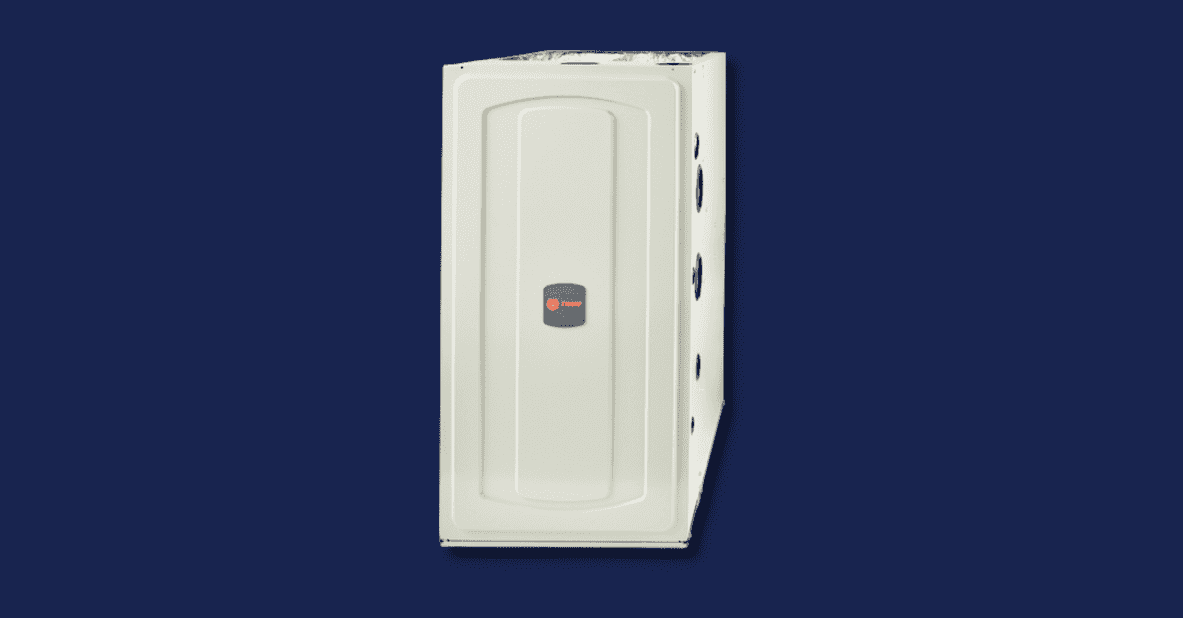The Main Components of Your Furnace
Have you ever stopped to think about how your furnace works? We're not talking about the science behind it, but rather, the three main components of your furnace and how they work together to keep your home warm and cozy during the frigid winter months. If not, let's look at the three main components of your furnace so you can gain a better understanding of your heating system.
Heat Exchanger
The essential part of your furnace, the heating component, is responsible for heating your home! The heating component of your furnace consists of a heat exchanger, a large metal chamber through which air flows. As the name implies, the heat exchanger exchanges heat with the combustion gasses produced when your furnace runs. The air passes through the heat exchangers during the heating process and warms to the home's desired temperature.
Air Circulation/Duct System
This is done using a large blower fan located within the furnace. The warm air blows into a network of ducts which move the heated air throughout your home. The size and layout of your ductwork will largely determine how evenly heated your home is. Larger ducts and a more efficient layout allow more air to flow throughout, causing the warm air to disperse more evenly. In contrast, smaller ducts or an inefficient design can cause hot and cold spots around your home. If you notice a specific room in your house is colder than the others, this could be what is causing the issue. In addition to circulating heated air, the air circulation component also helps to circulate cold air from your AC unit in the summer.
Thermostat
Last but not least is the thermostat, which serves as the "brain" of your furnace by telling it when to turn on and off. It does this by sensing the temperature of the air in your home and comparing it to the temperature you set on the thermostat itself. When the temperature inside your house drops below the temperature, you have set on the thermostat, and it will signal the furnace, telling it to turn on. Once the temperature inside your home rises above the set point, it will send another signal to the furnace, telling it to turn off. It's rather simple!
Of course, there are more complex thermostats known as "smart thermostats." This type of thermostat can sense when someone is home, create a heating schedule for you based on your past usage patterns, and even be controlled from your mobile device while you are absent. At its core, a thermostat is a simple sensor that tells your furnace when to turn on and off.
If your furnace isn't heating as well as it should, the problem may be related to one of these main components. Not to worry, our HVAC experts Prestige Air Heating & Cooling, LLC have the knowledge and experience to repair or replace any part of your heating system and ensure your furnace is working efficiently. Contact us online or give us a call! (973) 755-2210




.2309280646550.jpg)